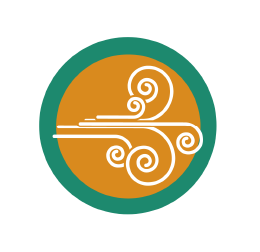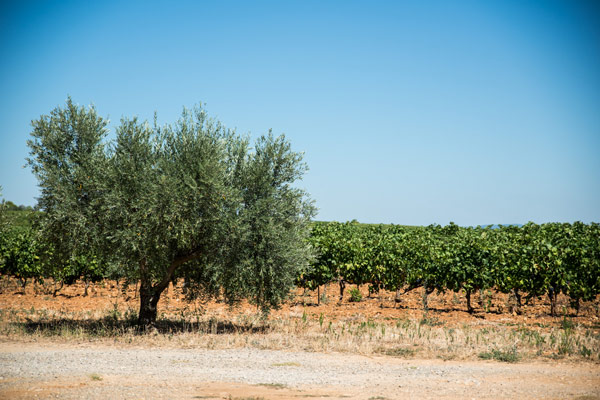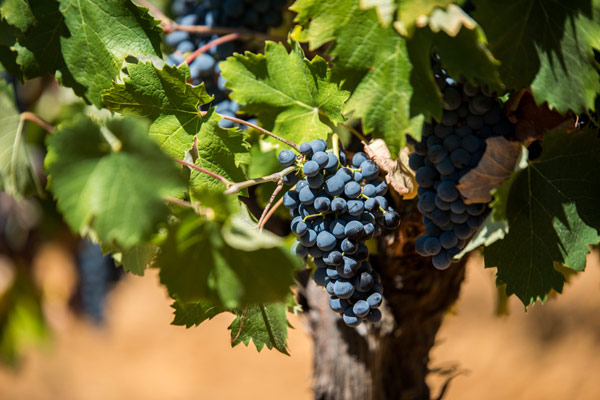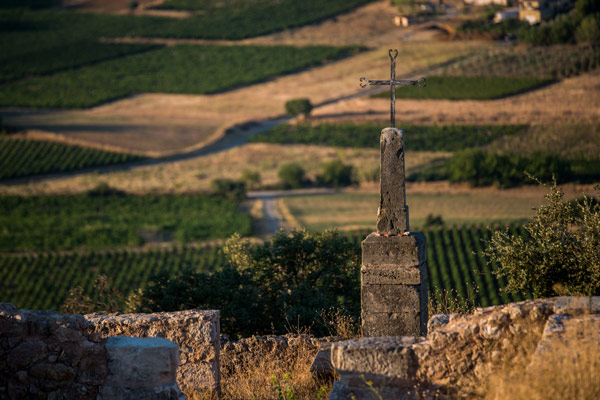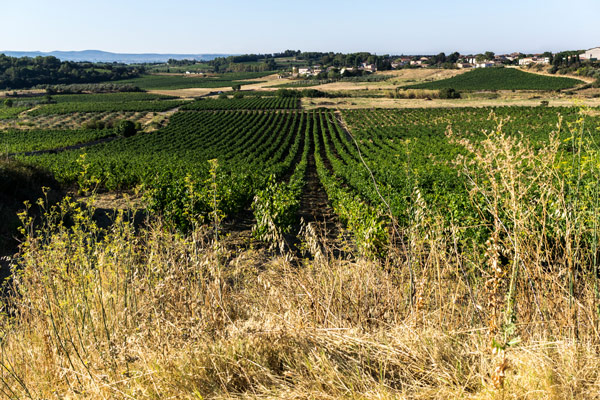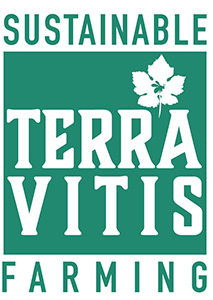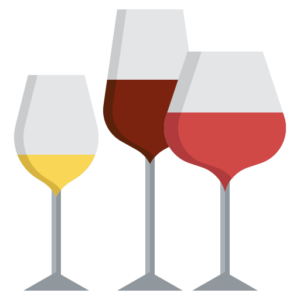In the northern Rhône Valley, Syrah produces powerful, tannic wines with notes of blackcurrant and a slightly spicy, peppery aroma. The tannins soften over the years, and wines from renowned appellations such as Hermitage, Saint-Joseph, Crozes-Hermitage, Côte-Rôtie, etc. can be laid down.
The white wines made in Condrieu, Saint-Péray and Château-Grillet are highly aromatic, with a floral or fruity bouquet.
Sparkling wines such as Clairette de Die and Crémant de Die, made with Clairette and Muscat, are produced in the region near Die.
In the southern Rhône Valley, the red wines are just as powerful and full-bodied, with Grenache adding roundness and freshness. Prestigious appellations in this region include Châteauneuf-du-Pape and Gigondas. In Rasteau, a sweet fortified red wine (vin doux naturel) is made.
The region’s white wines are less common, often very round in character, and the intensity of the climate can limit their freshness.
